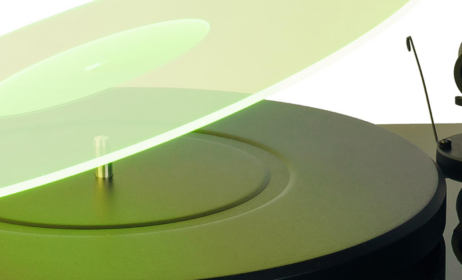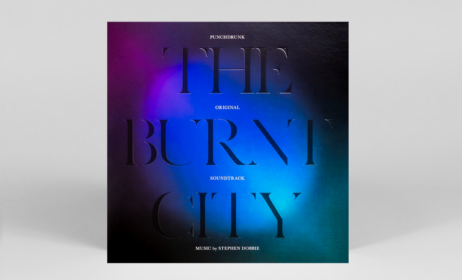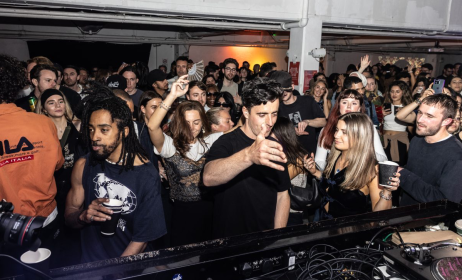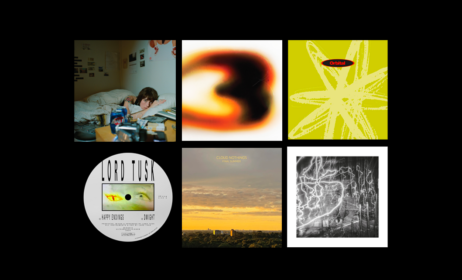Watch the full We Out Here documentary capturing London's dynamic jazz community
Published on
May 30, 2018
Category
News
Featuring Moses Boyd, Shabaka Hutchings, Nubya Garcia and more.
Earlier this year, Gilles Peterson’s Brownswood Recordings released one of the most talked-about compilations in its decade-long history, capturing a cross-section of London’s jazz-inclined musicians through nine original compositions.
Highlighting the tightly-knit community of friends and contemporaries that has helped incubate a sound drawn from the jungle, grime and hip-hop vibrations of the city as much as the music’s storied heritage, We Out Here was accompanied by a 40-minute documentary that has been screened across the world since its release.
The work of photographer and film-maker Fabrice Bourgelle, We Out Here: A LDN Story captures “the journey of a certain group of young gifted players among many, who have trained and come up together, and whose sounds are now becoming an integral part of our musical landscape.”
These include colossal saxophonists Shabaka Hutchings and Nubya Garcia, drummers Moses Boyd (whose second EP Absolute Zero was released on The Vinyl Factory last year) and Femi Koleoso, keyboardist Joe-Armon Jones, tuba player Theon Cross and many more.
To accompany the general release of the documentary, which is now online, we caught up with Fabrice to find out more about how he took the pulse of a collection of musicians that are only just hitting their stride.
What was it about London’s jazz scene that you set out to capture in We Out Here?
Music has shaped me in such a big way and a lot of these people are dear friends, people I’ve followed for a while, whether sweating it out at gigs and nights around London but also behind the scenes, sharing life and conversations about creativity, music, politics, everything an anything.
The music they make has filled my life with mad joy and has helped me make moves in what makes me happy. I’ve had the privilege of travelling and sharing space with communities around the world and when it comes to strong musical circles, this one is truly incredible and beautifully inter-connected both inside and outside of the ‘jazz’ world.
Meanwhile when you look back and start digging into the musical archives, you realise that so many of these communities and what they do has gone undocumented, with so much knowledge and history lost with it. In my heart it was time for this to happen and pivotal that the ones telling the story be involved in the community itself, allowing for representation and the story telling to be a owned by the people.
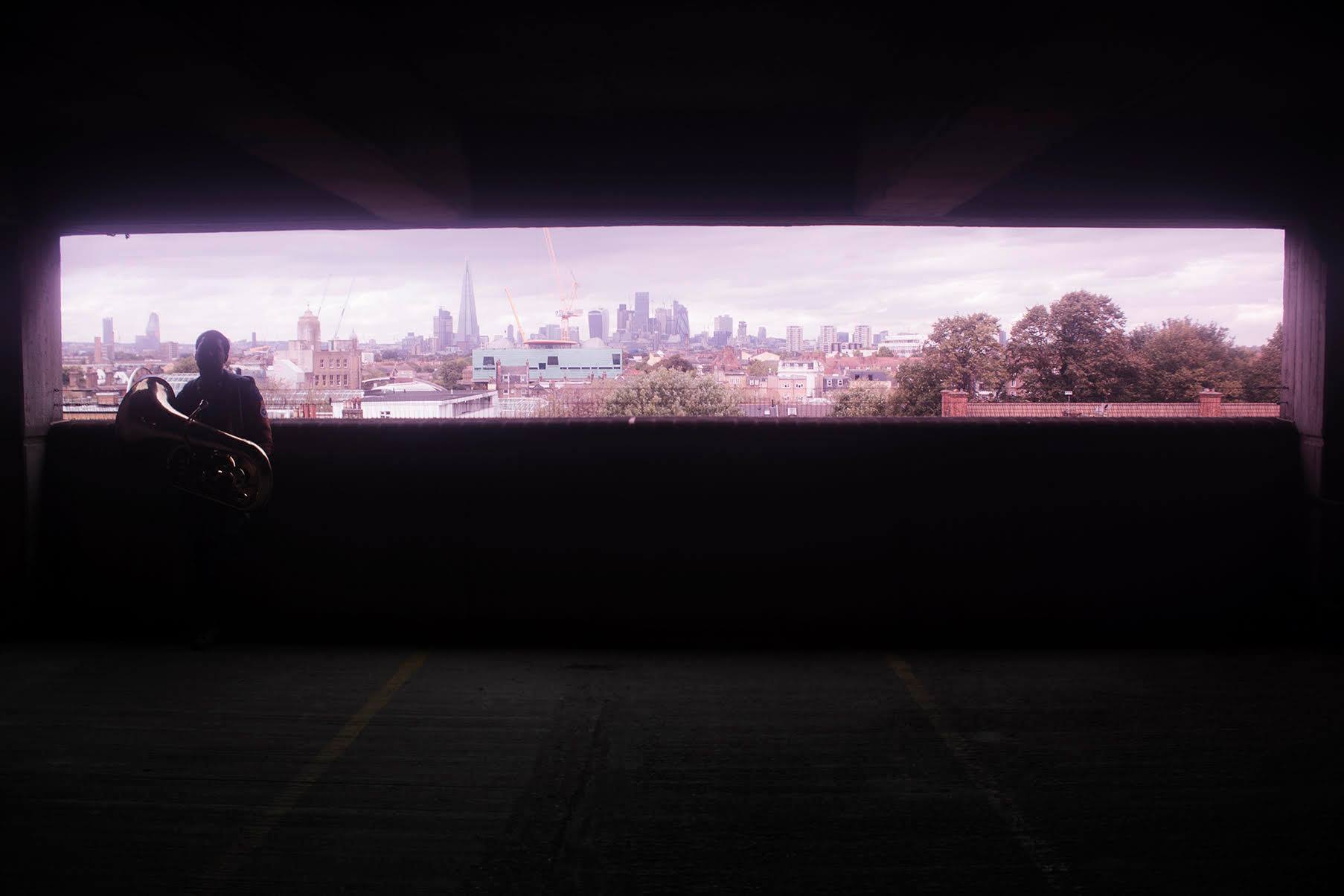
‘Community’ is talked about a lot in relation to the music. Speaking from the inside, how important do you think that is?
My best response for those interested would be to go ask the players themselves, because you can – because that’s the kind of energy I’ve encountered through the years and through making this film. People are open-minded and open-hearted, ego has taken a back seat in big way, and though the hustle is real in London, the core of the movement remains friendship and dedication to the music.
What most people might not know is that a ridiculous number of artists coming out of London in this musical artery are linked either by friendships that are decades deep, or musical kinship which has brought people together. Either way, the connections are real and meaningful and everyone still turns out to each other’s gigs to show love.
Meanwhile, the community is diverse and accepting of all, and if you look at it from the context of London’s strong black and brown demographic and of jazz and its general history, the fact that young artists are able to express themselves freely in this medium, and own their image and the music they are making, is another crucial part of what makes this community so genuine.
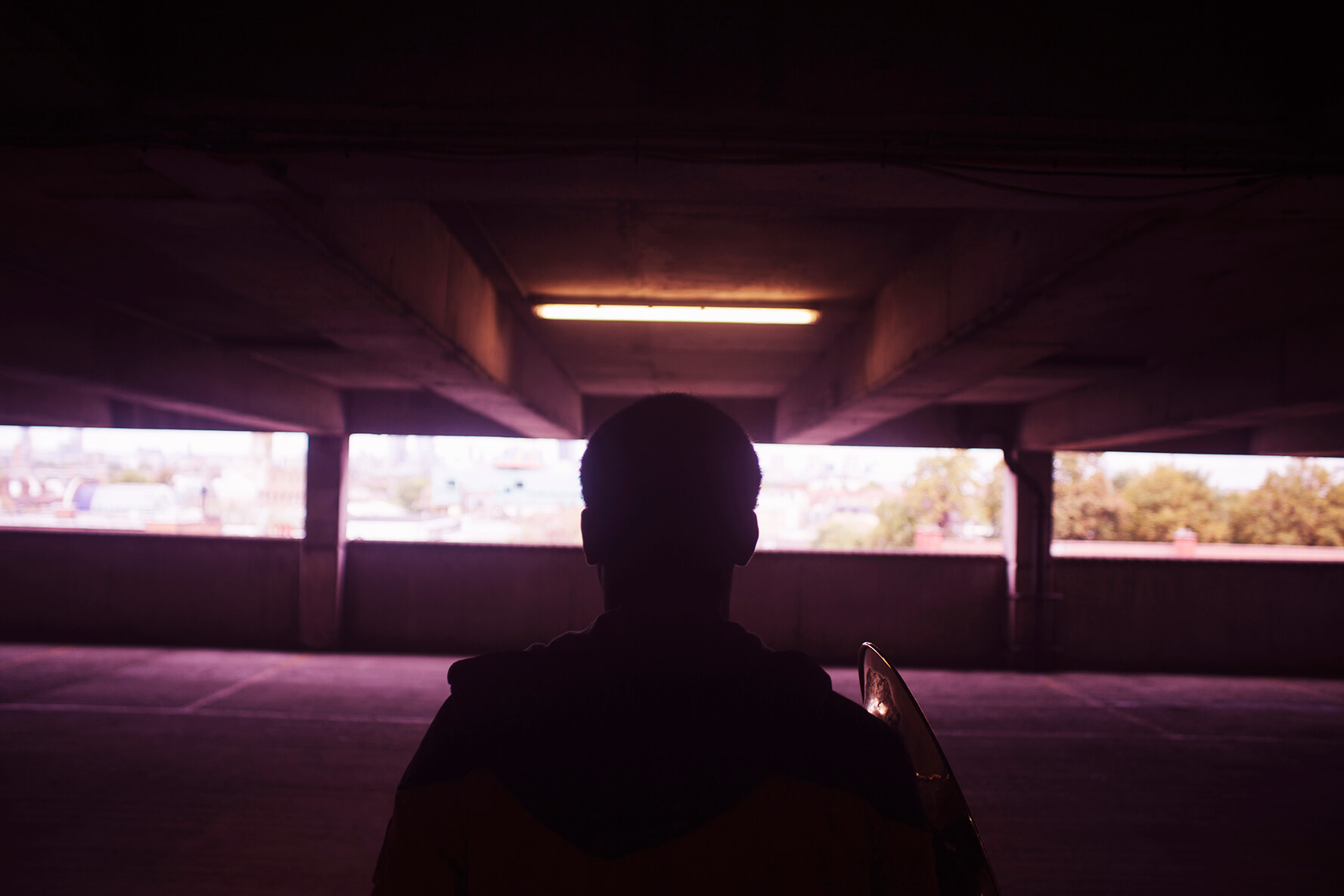
Were there any visual reference points that inspired you in making the film?
I’m one of those Londoners who loves this city and though I appreciate that there are a lot of people whose existence here is definitely trying, what I see and learn everyday is inspiring and has influenced how I chose to portray this story.
How big a role has London as a place played in the formation of this music?
Physically, London’s sometimes manic energy has an important part to play, whether in the way some music embodies that constant buzzing of the city, or as a tranquil relief to the madness. You can feel it in the swing of the melodies or the syncopation of the rhythm and drums, it can be grounded and wild at the same time, much like the city itself.
Secondly with that in mind you can also hear the clear influences of London’s cultural madness and the way it bleeds together, whether people like it or not. When you look at the make up of the players and the worlds that surround them, you start to notice all of it in the music.
In my opinion what you hear is everything from the pan-African, to the Indian and Asian, Middle Eastern sounds of many parts of the city, and clearly the heavy Caribbean influence of our current musical culture, from soca, reggae, dub and sound system culture, to the subsequent genres further down that linage, like jungle, 2-step and grime.
When you look at the very nature of jazz, it has always been about representing the times and the places it found itself in, while always respecting its legacy, and this is no different.
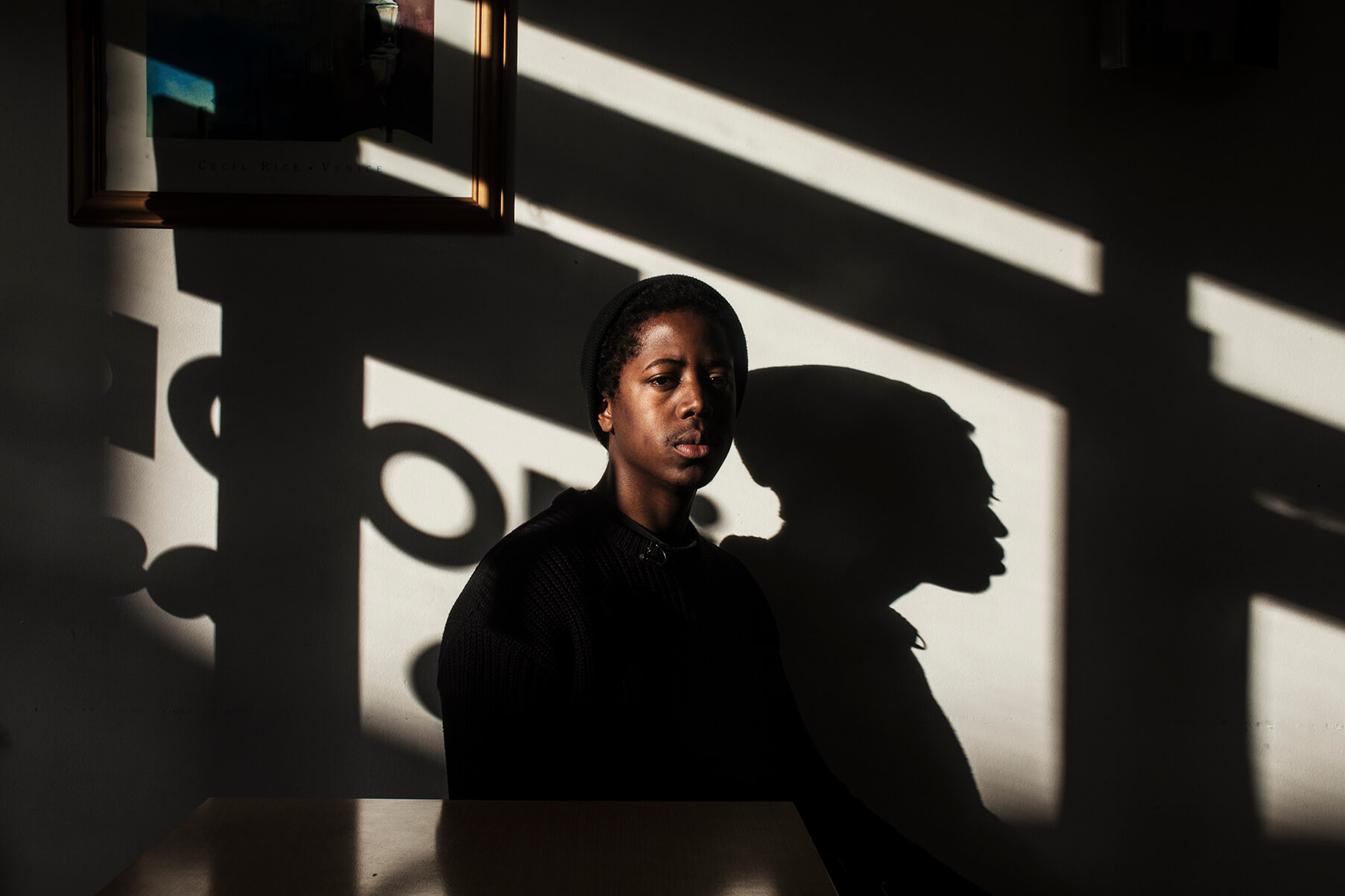
As you say, the physicality of the city is particularly interesting in relation to the music.
I think one major part of this movement is rooted in the spaces and nights that allow the music to grow. When I look at London, while we know a lot of places are shutting down and many nights have come and gone, it is incredible to see what it has to offer. I realise this even more so after speaking to people when we we doing a screenings in other countries. We are extremely lucky to have easily accessible, open spaces that are willing to put community and music first. Whether it’s places like our own Total Refreshment Centre, or incredible weekly dances and jams like Steam Down. The beautiful crew at Touching Bass consistently do things with heart and you have a weekly night called ‘Good Evening Arts’ and now another night called Sugar Cane run by Yussef Dayes and Obongjayar.
Finally, a lot has to be said about the long standing residency at Mau Mau bar run by the quintessential Jazz Re:freshed label without whom a lot of the music you love today wouldn’t have found a voice so easily.
The documentary has a poetic quality to it, which makes it feel more than ‘just’ a document of a scene. What did you hope to add to the story as a film-maker?
One thing that was very clear from the beginning was that I wanted to try my best to create honest representations of the people and the music involved. While some parts are carefully constructed visually, the idea was to avoid anything that would resemble any another hype film about the latest scene. There is so much content out everyday now, and a lot of it looks amazing but when you take away the shine sometimes you realise that it can often lack heart and emotion.
No matter what this film ends up meaning to the outside world, I wanted to make sure this would be a document that the people within the film recognised themselves in and that it could be something to look back at and share with family and friends down the line. For me this is what the nature of the community has shown itself to be, and it was essential to do it and the music justice.
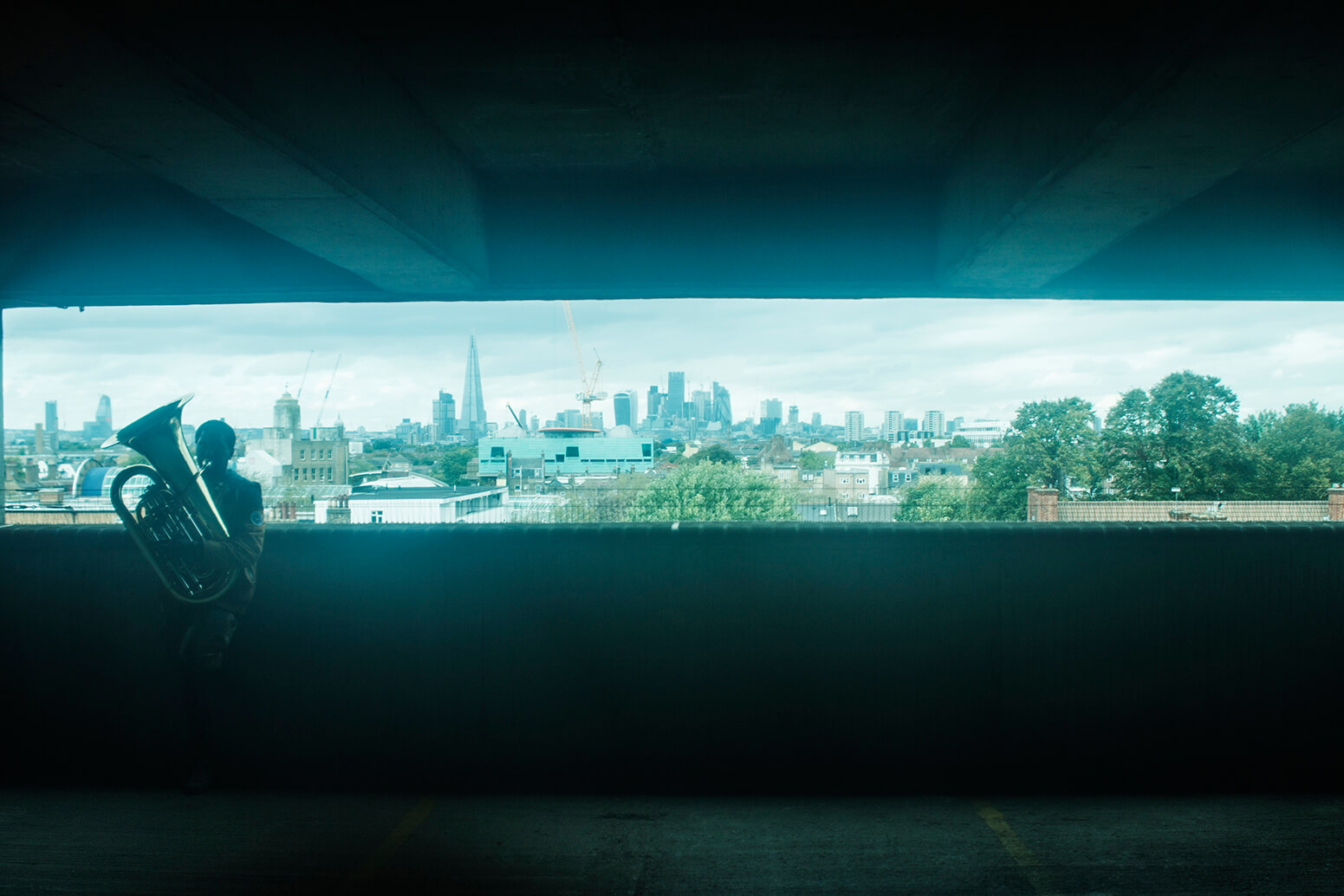
The We Out Here compilation captures a cross-section of what’s going on, but it feels important to say that there’s so much more than what could be represented here – what’s exciting you most about this moment in music?
Indeed, this ‘window’ is literally just one corner of a much bigger building. If you know the music coming out at the moment you might recognise a lot of faces without voices in the film, and why it was so important to include them. While this film stems from a record that features nine bands, there were actually over 30 players involved that could have easily been at the forefront of the narrative.
Those in the more ‘jazz-based’ realm like Cassie Kinoshi’s Seed Ensemble, Emma Jean-Thackray, Rosie Turton, Tamar Wilson of Collocutor, Tenderlonious’ Ruby Rushton, Wayne Francis aka Ahnansé, Ashley Henry, Binker Golding, Yussef Dayes, Mansur Brown, Charlie Stacey, all pop up at some point. Meanwhile whether jazz-related or not, there are so many more who have cameos and even more who didn’t, who are also making moves in a big way: Alfa Mist, Kwake Bass, Wulu, Where Pathways Meet, Project Karnak, and Vels Trio.
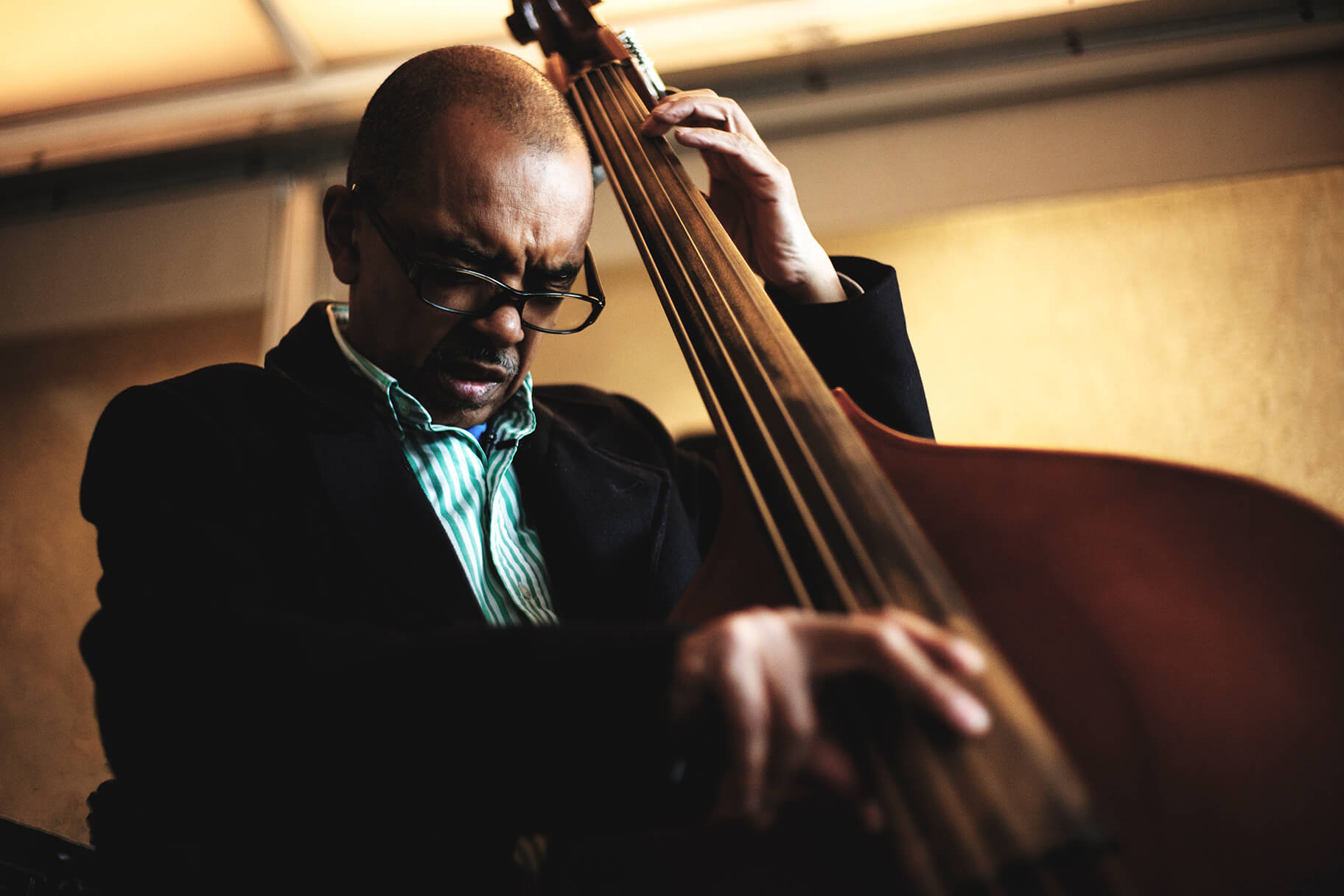
It’s also good to keep in mind that while much of this is London centric, there are also people doing great things around the country, and indeed around the globe. When we screened in the US, I was worried that maybe the film wouldn’t translate, but I found that people recognise and appreciate community when they see it, and if you find yourself in one of those said communities, be sure to invest time and love into it as it ultimately gives back in a big way. Connection is key to our sanity and music can be one the rawest catalysts for it. If you can, document it from the ‘inside out’, as no one else will be better equipped to tell your story.
Photography by @fabricebourgelle


